The innovative products, which are offered as flexible hose devices and instruments in the context of medical aids, have contributed to the fact that catheter have largely lost their horror.
What is a catheter?

In order to be able to penetrate the most varied of anatomical cavities in the human body, the catheter become indispensable devices. The term catheter conceals a variety of designs, which are categorized according to their purpose, the duration of the stay in the organ and their structure.
In terms of its basic structure, the catheter is a hose-shaped aid that is open on both sides. If the catheter is inserted into a selected organ, it is called catheterization or catheterization.
If a catheter is long-term for treatment or an examination, professional catheter care must be performed to prevent infection.
Shapes, types & types
Stay catheter These are referred to as single-use catheters only for a short period of time, for example only during a surgical procedure in one position. For a longer period of time, doctors use what are known as permanent or indwelling catheters.
Different catheters are used in each case for catheterizing the different anatomically pre-formed body cavities. Catheters for the heart and blood vessels are known as venous or cardiac catheters, for the trachea as endotracheal catheters and for the urinary tract as bladder or ureter catheters. The Shaldon catheters and enterostomy catheters in the intestinal tract play an important role in detoxification therapy.
In medicine, balloon and balloon irrigation catheters are available in standardized sizes, depending on their optics. This information in Charrière is based on the diameter determined on the outer edge of the catheter.
Structure, function & mode of operation
When choosing the catheter it depends on a special construction that corresponds to a desired objective. To ensure that catheterization is as painless and as pleasant as possible for the patient, the flexible catheters made of soft, slippery materials such as latex, silicone or flexible plastics are primarily used.

Due to the morphological nature of the organ to be examined or treated, these catheters cannot be inserted without problems in every case. In certain cases, medical professionals have to use catheters made of harder materials such as well-tolerated and harmless metals or even glass.
Differences in the structure of the individual types of catheter occur on the walls and the open sides. Some catheters have so-called "eyes or holes" at one or both openings. Depending on the individual body measurements and the changing size of body cavities, different length dimensions are selected for the patients.
Special types of catheters are equipped with a graduation. Other variants are made of materials that have a certain radiopacity.
Medical & health benefits
Catheterization is of great importance in connection with the diagnosis and treatment of diseases in a wide variety of organs and organ systems.
Sometimes you can through the use of a sterile Catheter Certain complaints are also alleviated and those affected receive a higher quality of life. Nevertheless, a catheter always remains a foreign body and should not remain in a body cavity longer than is really necessary.
When assessing whether or not a catheter needs to be inserted, specific reasons for the illness are important. Especially with regard to urinary catheters, for example, diseases such as a voiding disorder of the bladder, urinary retention, inflammation of the prostate with an obstruction of the urinary tract or special treatment with chemotherapeutic agents are reasons that require a catheter.
In a completely different way, a catheter is placed in the heart or a blood vessel. These catheters facilitate an X-ray examination of the heart. A catheter in the kidneys, also known as a nephrostoma in medical jargon, is justified if the kidneys no longer work adequately, for example due to tumors, and can no longer drain the urine.
If patients suffer from increased mucus formation in the windpipe and this can no longer be eliminated by extensive functional impairments, an endotracheally placed catheter serves as a suction aid. With this catheter, the ability to breathe can be improved and the obstruction of the windpipe with viscous mucus is considerably reduced.





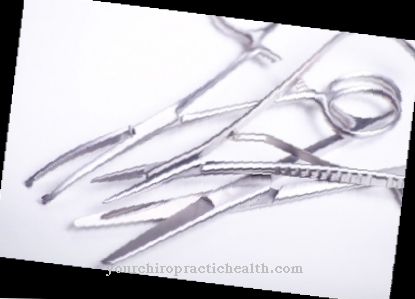
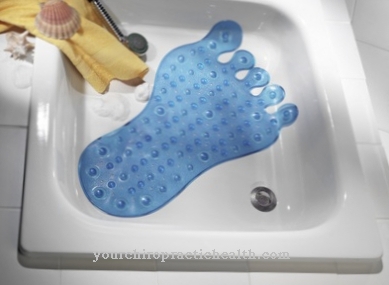


.jpg)


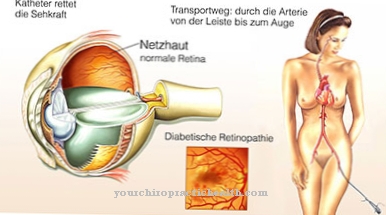







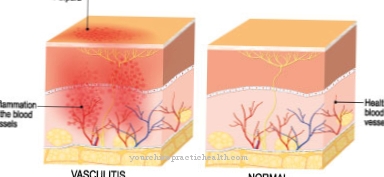

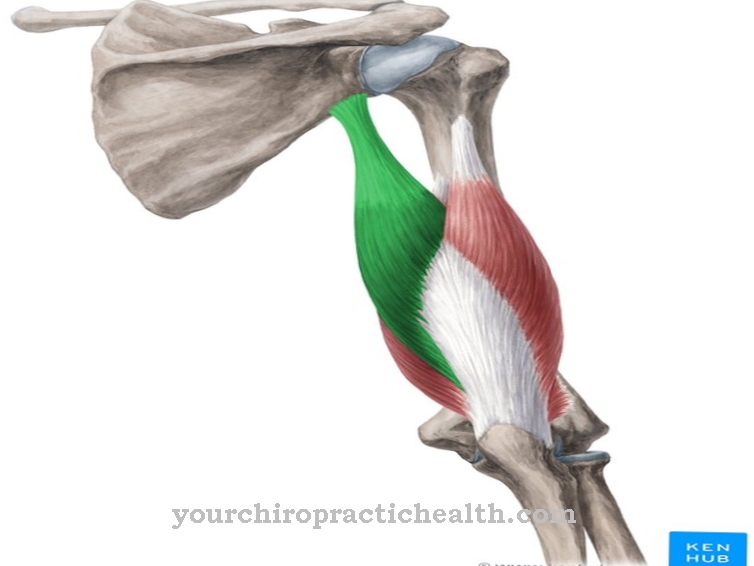
.jpg)



.jpg)
